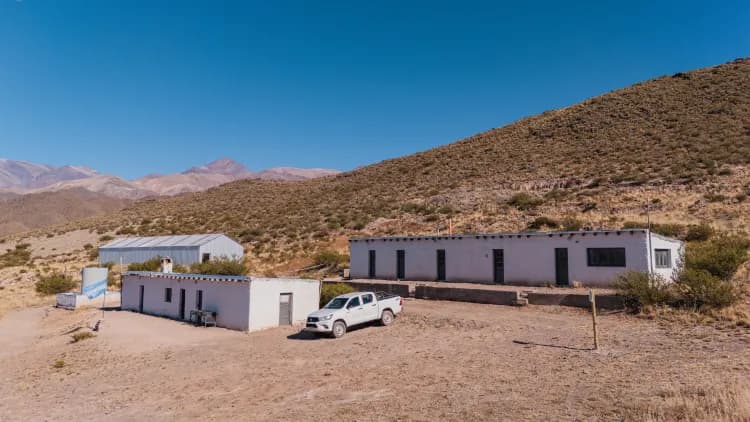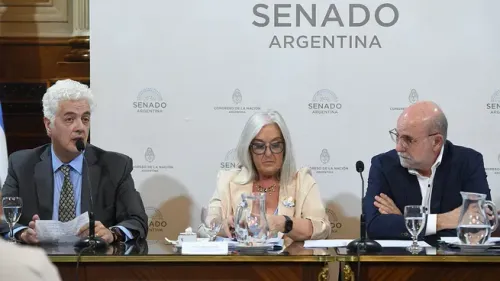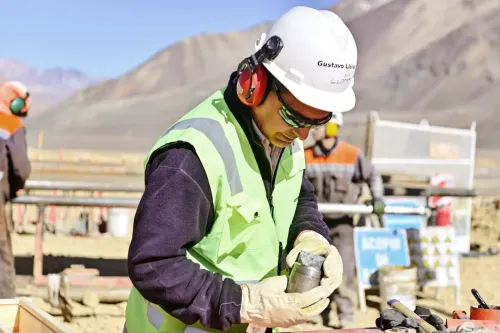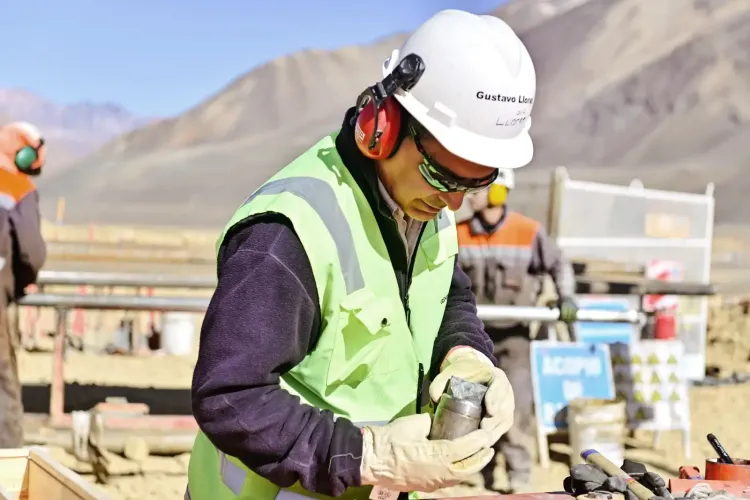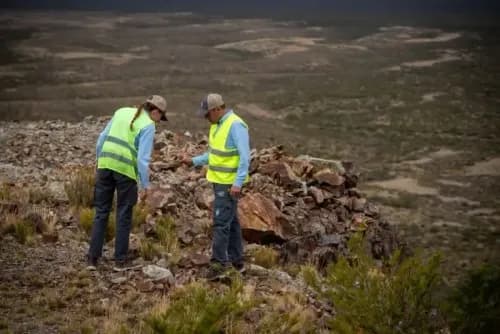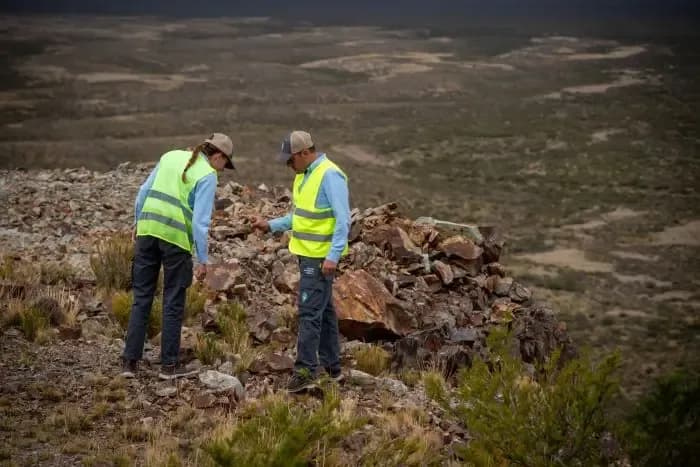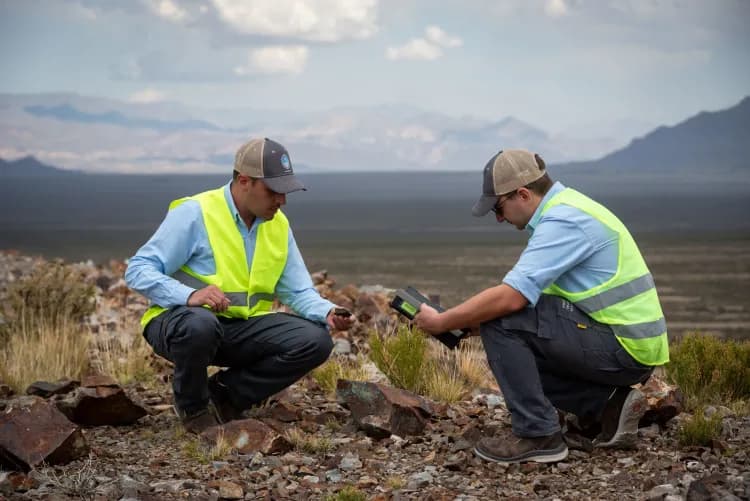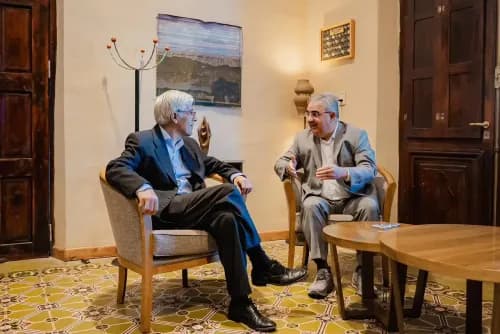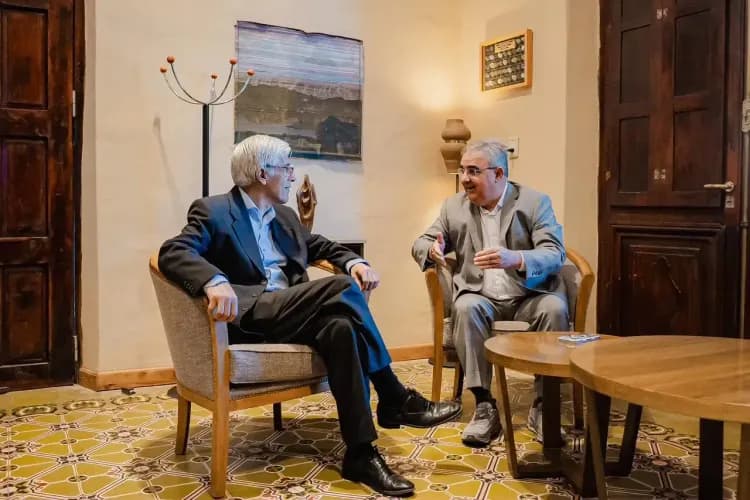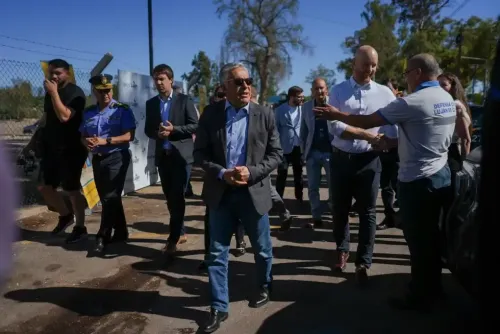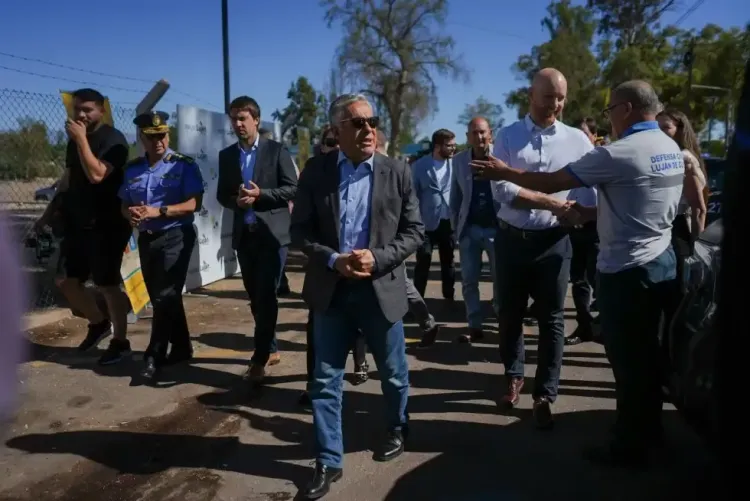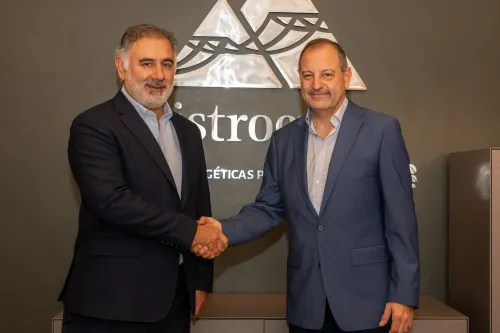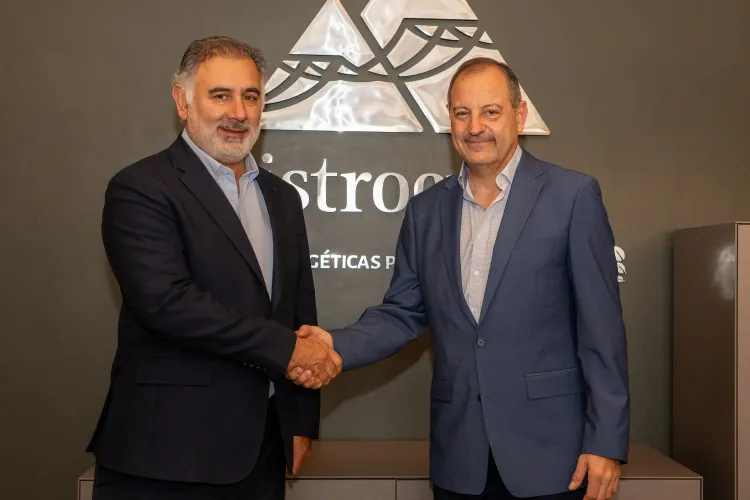Arcadium Lithium has announced a significant reduction in its capital expenditures by US$500 million over the next 24 months in response to current market conditions. However, the company remains committed to boosting production at its key projects in Olaroz and Fénix, located in Argentina, aiming to reach their full production capacity by 2025.
By Panorama Minero
In the second quarter of the year, Arcadium Lithium achieved an average price of US$17,200 per metric ton for lithium hydroxide and carbonate, highlighting its ability to secure favorable prices despite market fluctuations. Quarterly revenues reached US$255 million, with a net income of US$85.7 million. Adjusted EBITDA was approximately US$99.1 million, while adjusted diluted earnings per share stood at 5 cents.
During this period, the company experienced a slight increase in total sales volumes, driven by higher sales of carbonate and hydroxide, though partially offset by a decrease in spodumene sales due to reduced production at Mt. Cattlin, Australia. "Despite price variations and market conditions, Arcadium Lithium has demonstrated a strong ability to adapt and maximize profitability," the company stated in a press release.
Paul Graves, CEO of Arcadium Lithium, emphasized the importance of maintaining a low-cost, high-quality operation, as well as securing long-term contracts with strategic clients. “Our approach allowed us to achieve higher prices in the second quarter compared to a purely market-based pricing strategy, resulting in solid underlying profitability,” Graves noted.
Arcadium Lithium also announced that it expects to reach the upper end of its cost reduction target for 2024, estimated between US$60 and US$80 million. These savings stem from organizational restructuring, operational and logistical cost optimization, and the elimination of external services. Notably, several key supplier contracts in Argentina have been renegotiated contributing to these savings.
Looking ahead, the company will continue to increase production levels at its recently completed expansions in Argentina, specifically in the provinces of Catamarca and Jujuy. These expansions are already producing commercial volumes of lithium carbonate, which will lead to increased sales volumes of lithium carbonate and hydroxide in the second half of the year. The commissioning process of these expansions means that the company expects further growth in Olaroz and Fénix volumes in 2025, as both projects steadily progress towards their full nameplate capacities of 40,000 and 30,000 metric tons (including lithium chloride), respectively.
Regarding its international perspectives, Arcadium Lithium has decided to pause investment in its Galaxy spodumene project in Canada and is exploring the possibility of incorporating a strategic partner to facilitate its development. Additionally, the company will reevaluate future expansions in its projects at the Salar del Hombre Muerto, completing them sequentially instead of simultaneously as previously planned. This means that, rather than jointly executing Fénix Phase 1B and Sal de Vida Stage 1, two adjacent projects located in Catamarca, they will proceed to complete them sequentially, preserving capital to navigate the current low-price market environment.
"As a result of these measures, the company will immediately reduce its capital expenditures and plans to cut them by $500 million over the next 24 months. Additionally, we will not alter the plans for the development of Nemaska Lithium, the integrated project with a capacity to convert 32,000 metric tons of spodumene into lithium hydroxide, also located in Canada," added Graves.



